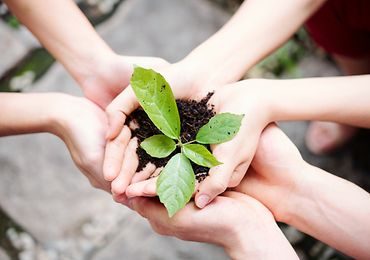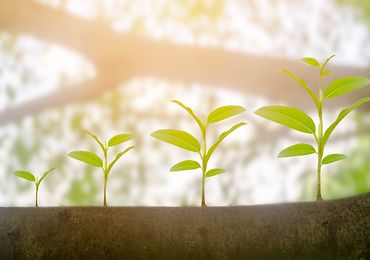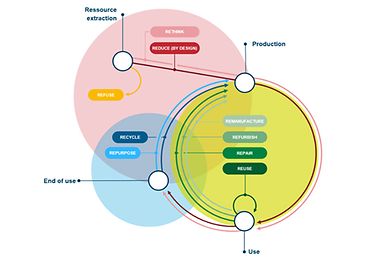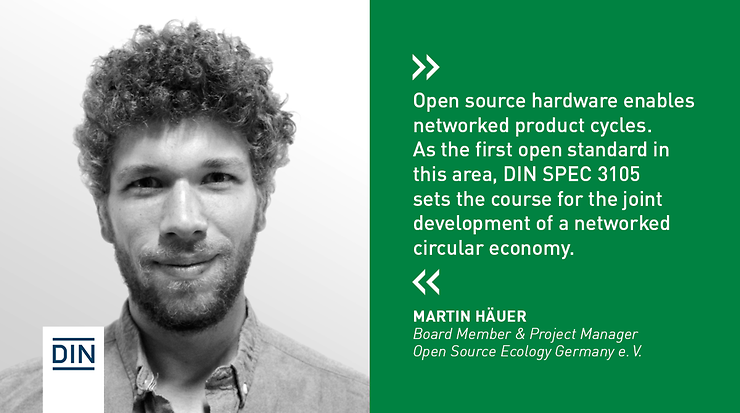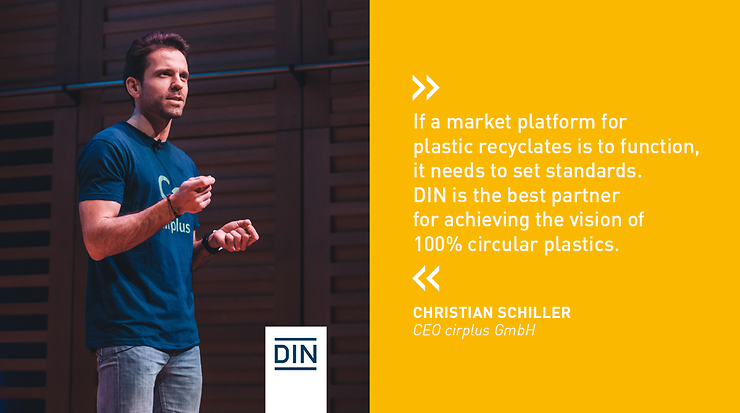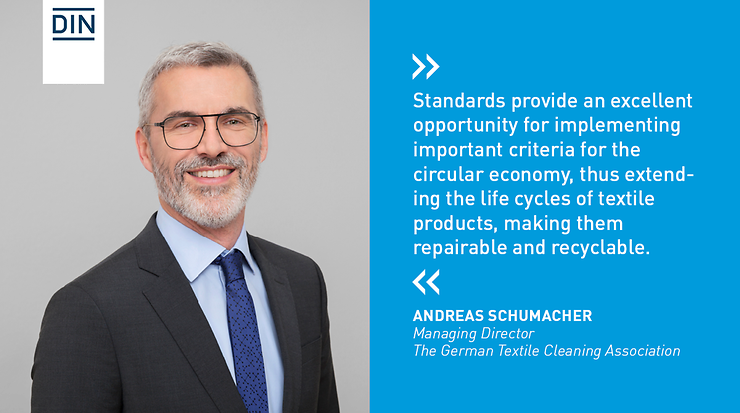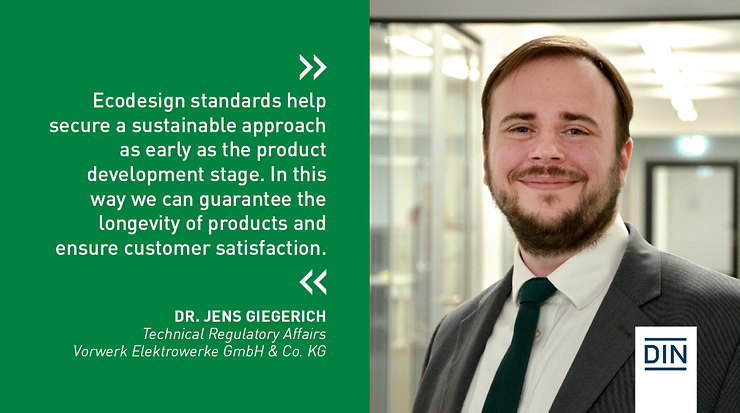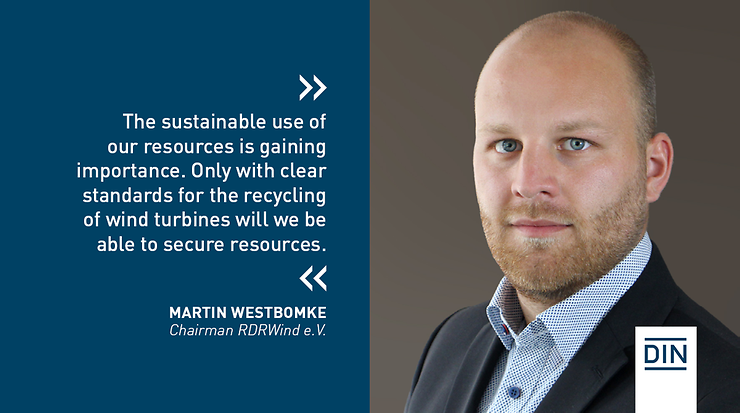Standards making way for the circular economy
Due to their wide acceptance and application, standards and specifications have a great potential for promoting sustainability. And they are key to the circular economy - one of the drivers for more climate protection.

© Thomas Lambert / unsplash.com
Circular Economy
The Circular Economy has the transition of the value added chain as a goal - away from a linear throwaway society to a circular model. A Circular Economy means that raw materials are used as long and as frequently as possible, and natural resources are used in a closed circle, without needing to use up new resources. This requires a rethinking of business models. In this way the Circular Economy promotes sustainable development and allows for socially acceptable business practices within ecological limitations.
How do standards and specifications help?
Standards and specifications can actively support the Circular Economy. They help unify terminology and interfaces. This results in better communication and an effective exchange of information among market actors, for example by laying down requirements for recyclable products and an unambiguous classification of materials for manufacturers and recyclers.
Standards and specifications also promote a wide social acceptance of circular products, which is necessary for making circular solutions an economic success.
DIN is an international platform
DIN offers Circular Economy market participants an open, independent platform that brings together all stakeholder perspectives. They create standards and specifications, which describe requirements for products, services or methods in the Circular Economy - transparently and in consensus. DIN also represents German interests in international standards work within CEN and ISO, paving the way for German ideas to become the international standard.
What do actors from research, politics and business say about the circular economy and standards?
